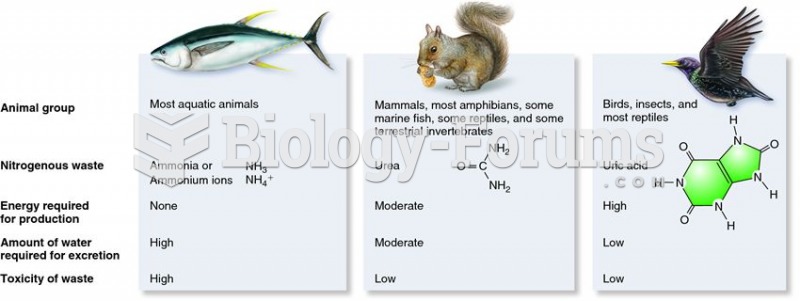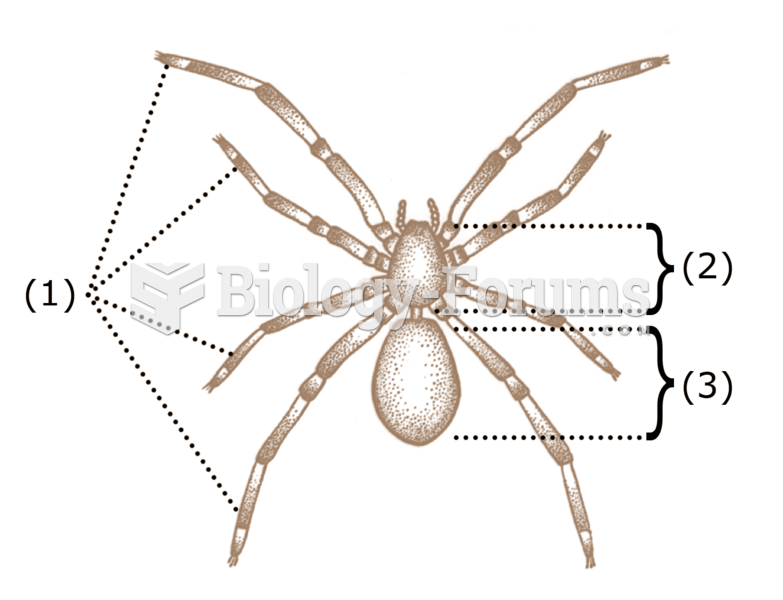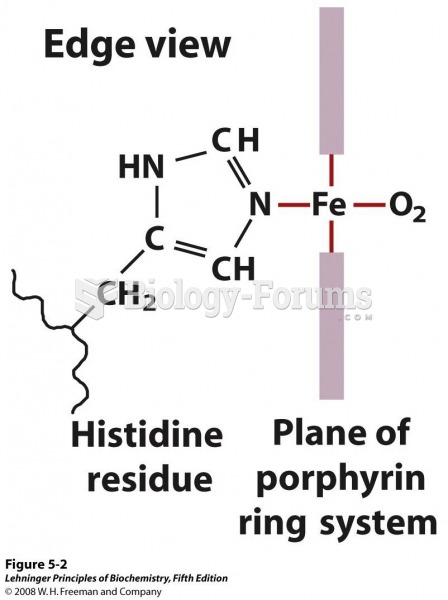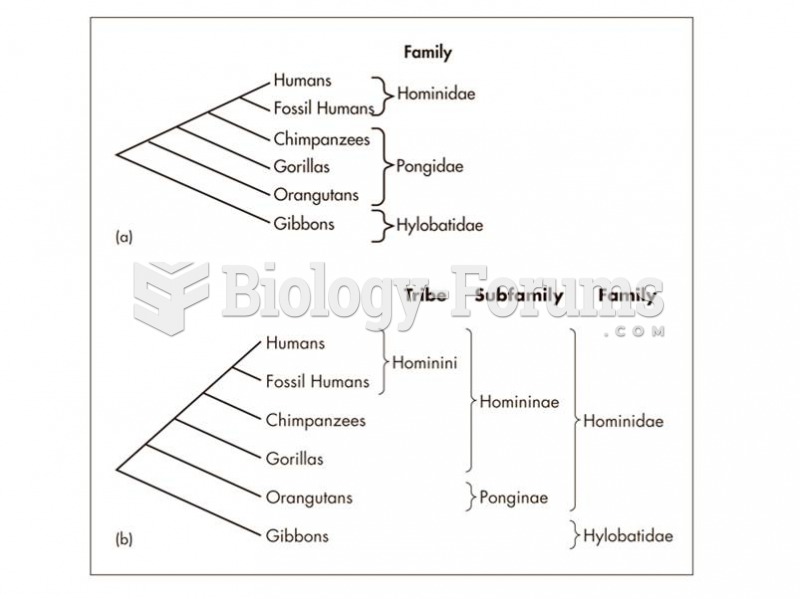Answer to Question 1
The major groups of marine mammals are Carnivora, Sirenia, and Cetacea. All animals within order Carnivora have prominent canine teeth. Marine representatives include sea otters, polar bears, and the pinnipeds, which include walruses, seals, sea lions, and fur seals. The name pinniped describes these organisms' prominent skin-covered flippers, which are well adapted for propelling them through water. Animals of order Sirenia include the manatees and dugongs, collectively known as sea cows. Manatees are concentrated in coastal areas of the tropical Atlantic Ocean, while dugongs populate the tropical regions of the Indian and Western Pacific Oceans. Both manatees and dugongs have a paddlelike tail and rounded front flippers. Their bodies are covered with sparse hairs, which are concentrated around the mouth. They are large animals that can reach lengths of up to 4.3 meters and weigh more than 1360 kilograms. The land-dwelling ancestors of sirenians were elephant-like. The front flippers of manatees have prominent nails that bear a striking resemblance to the nails on elephant feet. The order Cetacea includes the whales, dolphins, and porpoises. The cetacean body is more or less cigar shaped and insulated with a thick layer of blubber. Cetacean forelimbs are modified into flippers that move only at the shoulder joint. The hind limbs are vestigial (rudimentary), not attached to the rest of the skeleton, and are usually not visible externally. All cetaceans share the following characteristics: an elongated skull; blowholes on top of the skull; very few hairs; and a horizontal tail fin called a fluke that is used for propulsion by vertical movements. These characteristics make cetaceans' bodies very streamlined, allowing them to be excellent swimmers.
Answer to Question 2
D







